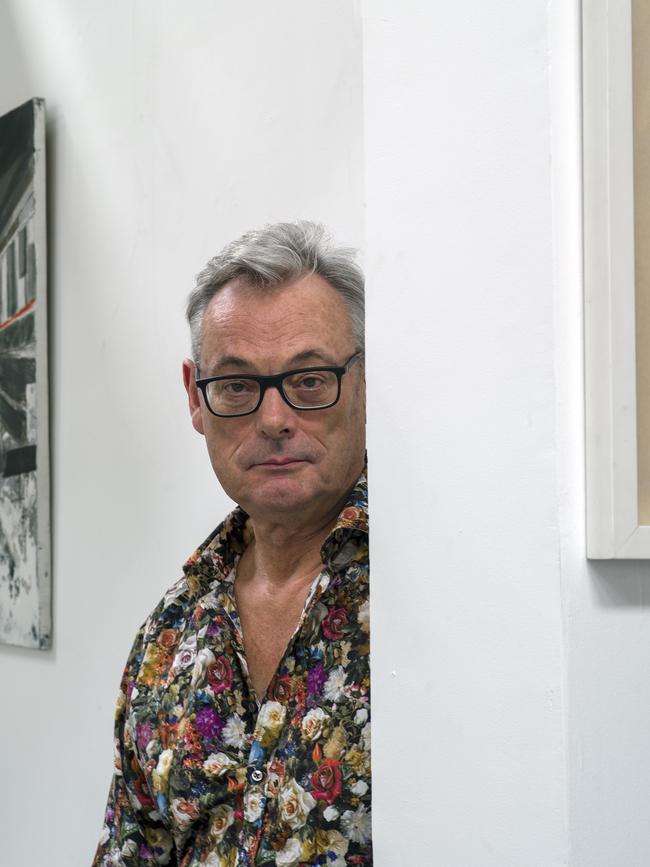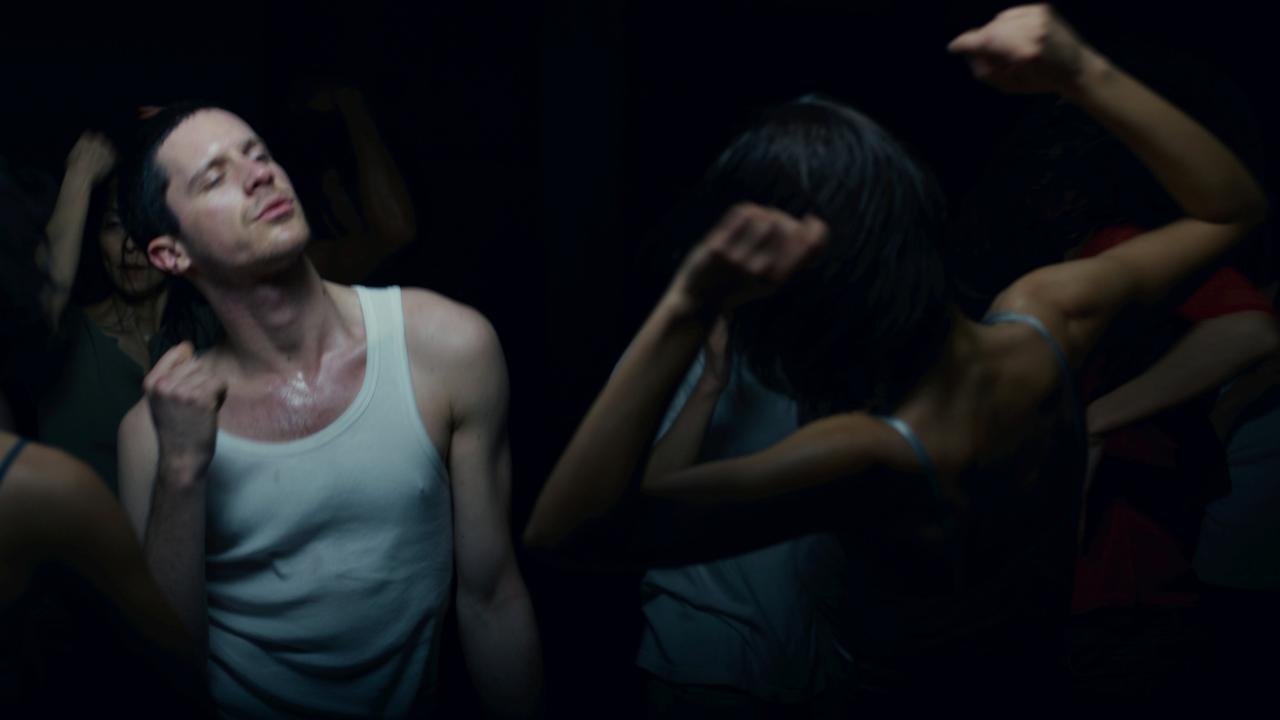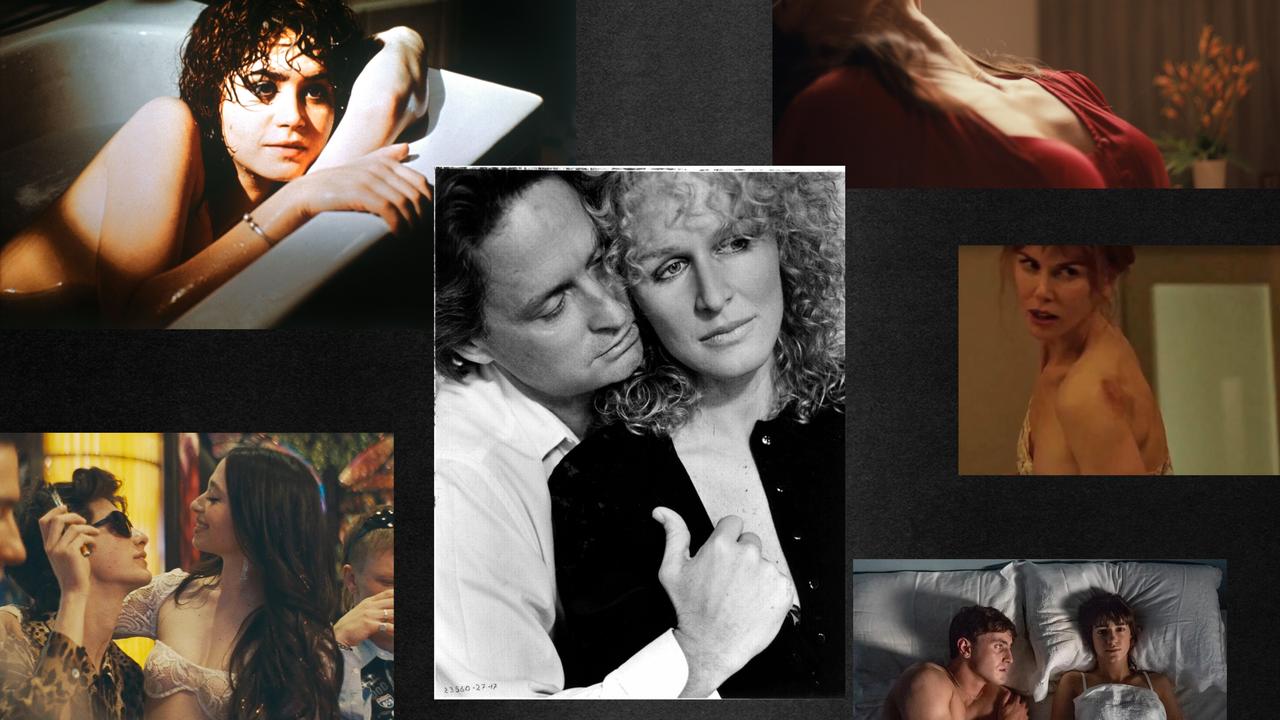Collector’s catalogue of modern treasures
Geoff Raby fell in love with Chinese art as a young man. Now he shares his passion.

When Geoff Raby as a young economist first arrived at the Australian embassy in Beijing in 1986, he wanted to meet ordinary Chinese people. Often, the only people he could get access to were artists. He and other diplomats would invite artists to the embassy apartments for parties where they could show their works to other foreigners.
“There was propaganda and tight control over public information,” Raby recalls as he gives a tour of his personal art gallery on the outskirts of Beijing.
“The artists were really pushing out the envelope. They were outside the formal structure of society and they needed foreigners to buy their art. There was no art market domestically.
“We helped create an international market for Chinese contemporary art. It was through the diplomats, mainly, and through some business people, who helped internationalise Chinese contemporary art.”
It was the beginning of a lifelong passion. Raby, who served as Australia’s ambassador to China from 2007 to 2011 and is now a businessman and consultant in Beijing, has commissioned a catalogue of his collection.

The Geoff Raby Collection of Contemporary Chinese Art, prepared by Melbourne-based curator Damian Smith, documents Raby’s collection of more than 200 artworks. The collection and the catalogue reflect Raby’s 30-year engagement with China and its artists, who often can say more about their rapidly changing society through their art than writers are able to.
Raby describes the feeling he had after arriving in Beijing in 1986. “I had always been interested in art but never had the money to buy original works,” he says. “Suddenly it was there and affordable. But I also realised I was living through an extraordinary historic period which was like France in the 1890s, which gave birth to the impressionists.”
The next few years, as he recalls, were a period of great optimism in China and this was reflected in the art of the period.
Raby has a painting by performance artist Xiao Lu, who was part of an early official exhibition of contemporary art at China’s National Art Museum in February 1989. She had an installation showing two figures in phone booths talking to each other. During the event Xiao walked in with a loaded shotgun and shot the figures, shocking Chinese authorities, who closed it down.
Raby has one of her works, a confronting drawing of the artist holding a gun pointed straight at the viewer. “People often link her act with the violence of June 4, 1989,” Raby says. “It didn’t presage what happened but there is a link because June 4 was the end of the decade when there was such openness and a sense of possibility that China was going to change.”
In the two years following the Tiananmen Square massacre in Beijing, authorities moved to shut down the art scene as Chinese leaders contemplated how to handle the situation.
Raby returned to Australia in 1991 to continue his career and was inspired by Sydney gallery owner and Chinese art enthusiast Ray Hughes, who died last year, to resume his art collecting. “Ray got me back into Chinese contemporary art, which was fantastic,” he recalls. “I had more money then.”
By the time he got back to China, its society and economy was changing again. Deng Xiaoping’s tour of southern China in 1992 was the beginning of a new shift: the state’s withdrawal from everyday life and a deliberate opening up of the economy. Suddenly it was OK to be rich. Ordinary Chinese were allowed more personal freedom than before with the proviso that they did not criticise the government.

The government pressed ahead with a huge infrastructure building program, including a space program. This led to the emergence in art of what Raby calls “cynical realism”. Colourful paintings by Li Dapeng caught his eye: bright pink pigs wearing spacesuits, pigs building the Three Gorges Dam, pigs building carparks and supermarkets. It was a satire on China’s get-rich culture and its rush to join the world in infrastructure and technology.
Things changed again in the art scene after the 2008 Olympics in Beijing, which was another big step in China’s opening to the world: more freedom such as the ability to travel freely in and out of China, although not political freedom. “After the Olympics you started getting an absolute variety of art,” Raby says. “There is no one style.”
Raby’s sculpture collection includes Chen Wenling’s red elongated figures and brightly coloured trucks by Australian Chinese artist Laurens Tan.
There is a strong theme of eroticism in the collection, including works by female artists. A recent acquisition is Ling Jian’s The Birth of Venus, in which a Chinese Venus wearing red armbands and a green hat is cheerfully urinating water on to the ground.
The collection reflects Raby’s extensive travels around China. He visited Kashgar in far western Xinjiang province and bought a carpet showing heroic Soviet-style figures. He has other works in carpet by Chinese minority Uighers from Xinjiang.
“I never set about building a collection,” he says. “It just took hold of me. There is art that I like immediately and if I can afford it I might buy it.”
There is a work by Australian Chinese artist Guo Jian, a protester in Tiananmen Square in 1989, who travelled back and forth between China and Australia before being expelled from China in 2014, after an exhibition of Tiananmen Square-inspired artwork.
Raby sold some of his art to former prime minister Malcolm Turnbull — art that, in retrospect, he wishes he had bought himself. He has been approached by several artists who want to be in his collection and in his catalogue.

He picks his words carefully when asked about one of the most famous contemporary artists, Ai Weiwei. Ai, who now lives in Berlin, has become a favourite in the West but views about him in China are decidedly mixed.
“You can’t get away from the fact that Ai Weiwei is a big self-promoter,” Raby says. “But I cut him a fair amount of slack.”
He says Ai’s work on the Sichuan earthquake in 2008 was groundbreaking as it helped expose the corruption that allowed school buildings to be made with substandard materials, leading to the death of children, who were crushed in the rubble.
“He has done some gutsy stuff,” Raby says. “In a society where there is no public discourse about politics he has made a contribution. But whether that contribution has been big or small, original or not, I don’t know.”
He is surprised Ai has become such a hero in Australia. “There are so many better Chinese artists,” he says.
Raby says he has no view on the recent bulldozing of the artist’s studio. Many parts of Beijing, particularly old warehouses and factories, are being demolished for apartment blocks and other developments. The lease on Ai’s studio had run out some time ago.
“There are so many other much better studios in China being pulled down,” Raby says. “I’m more worried about what might happen with my own studio.”
Raby hopes the catalogue eventually will pave the way for the collection to be donated to an institution in Australia that will display it properly.
Have his tastes changed since he started collecting Chinese art?
“I never change,” he says. “Sex, power, politics. There’s never been anything else.”




To join the conversation, please log in. Don't have an account? Register
Join the conversation, you are commenting as Logout